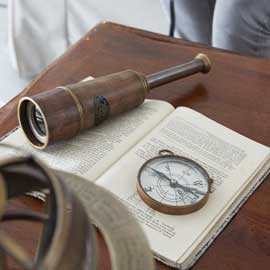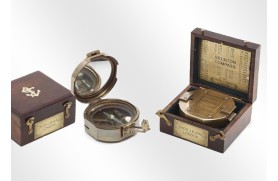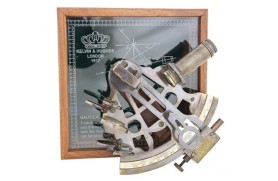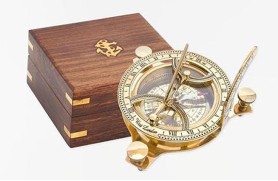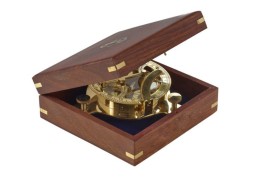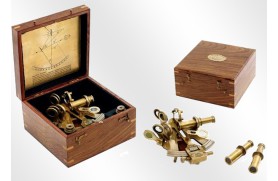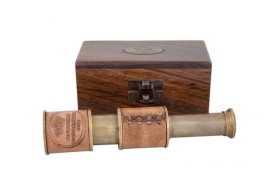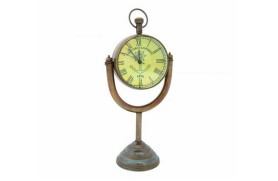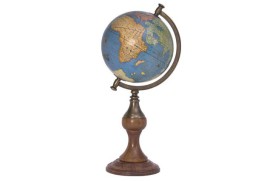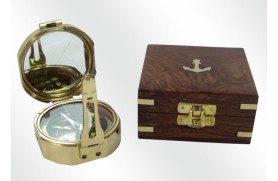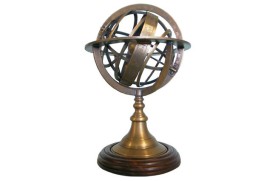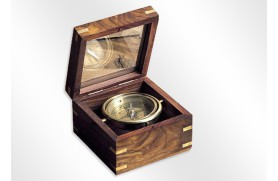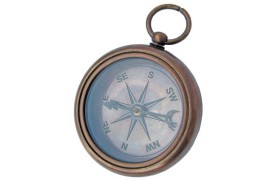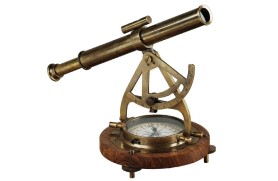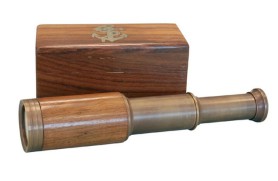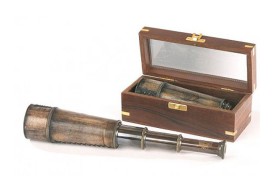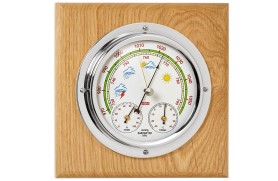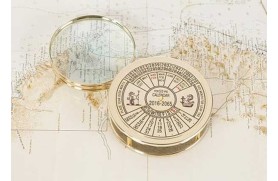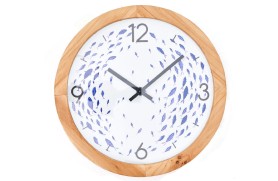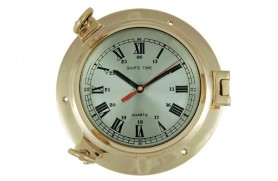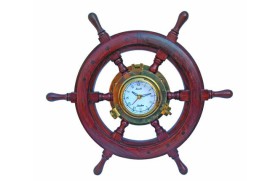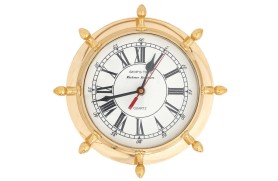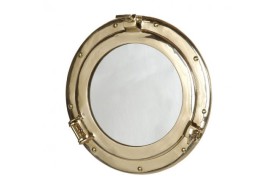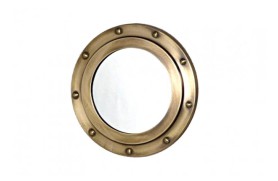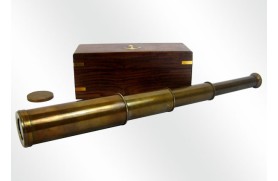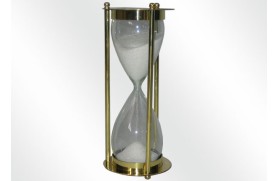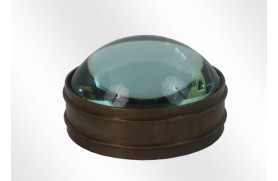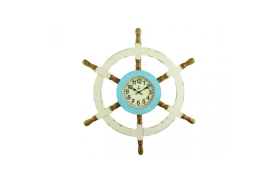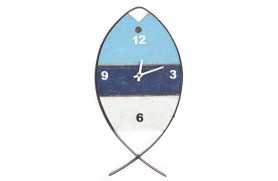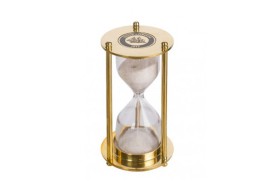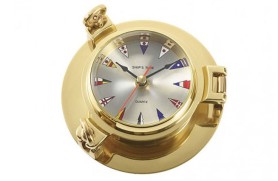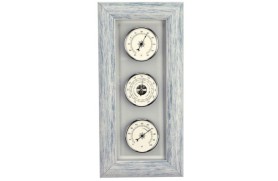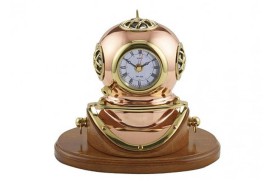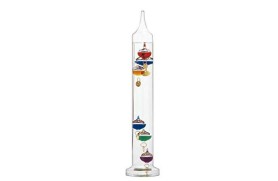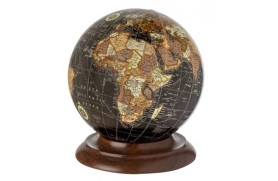
Decorative nautical instruments: elegance and tradition in navigation
Sailing has a long and fascinating history marked by brave explorers and adventurers. The art of sailing on the high seas was once crucial to exploring new lands and establishing trade routes. This era of sailing ships and discoveries also saw the development of decorative nautical instruments that were not only functional tools but also works of art in themselves.
Nautical navigation has historically been an art based on precision and accuracy. Nautical instruments were developed to help captains and sailors determine their position at sea. These instruments included things like sextants, astrolabes, chronometers, compasses, and nautical charts. While these instruments have been overtaken by modern technology over time, they have found their place in maritime history and decoration.
Nautical instruments are not only an expression of functionality, but also of elegance and tradition. They are often ornately designed and decorated to capture the aesthetic and spirit of sailing. An example of such decorative pieces are replicas of antique sextants, which are made of brass or copper and often feature fine engravings and decorations. These art pieces can be displayed in nautical themed homes, offices or rooms to create a nautical atmosphere.
The compass, another important nautical instrument, is a symbol of orientation and direction. Decorative compass roses are popular pieces found in many homes. They are often made of wood or metal and serve not only as a decorative element, but also as a practical aid for navigation. These compass roses recall the seafaring tradition and spirit of adventure of bygone eras.
A nautical map that shows the geographical representation of coasts and marine areas can also become an impressive wall decoration. Historical nautical charts printed on parchment or hand painted add a touch of nostalgia and adventure to a room. These maps often feature faded ink drawings and details of islands, coastlines, and waterways created by explorers and cartographers from the 17th to 19th centuries.
Using decorative nautical instruments in interior design can add character and personality to a room. They are especially suitable for rooms with a maritime or coastal theme, such as beach houses, beach restaurants or captain's cabins. These pieces are not only decorative, but also tell stories of adventures on the high seas and longing for the endless expanse of the ocean.
Together, the decorative nautical instruments pay homage to the rich maritime history and voyages of discovery of bygone eras. They capture the romance of sailing and bring it up to date. Whether used as conversation pieces, wall decorations or reminders of past adventures, these instruments fascinate and inspire in equal measure. Their timeless design and symbolism make them a wonderful addition to any room and show people's deep connection to the sea and the maritime world.
 Cookie preferences
Cookie preferences


